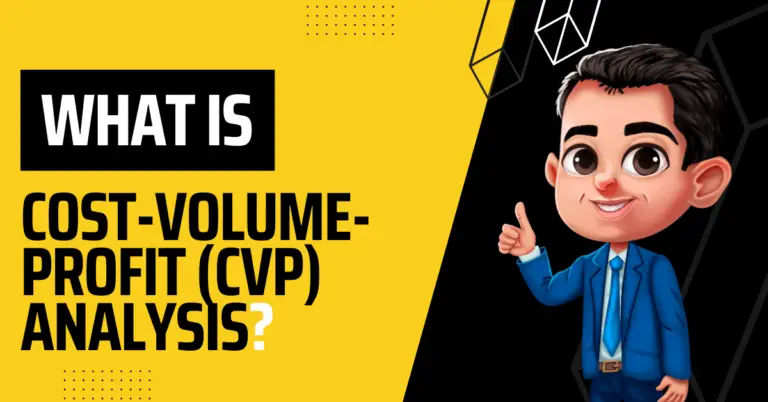16 Important Assumptions of Cost-Volume-Profit (CVP) Analysis [With PDF]
The technique of cost-volume-profit (CVP) analysis rests on a set of assumptions. These assumptions can be considered the fundamental cornerstone of this analysis. The way CVP analysis is used in the real world shows how important it is to find and evaluate the assumptions it is based on.
The sixteen important assumptions underlying the CVP analysis are listed below:
- Costs are linear and can be precisely split into fixed and variable components.
- The total income of a company varies directly with the number of units sold. This means that the average sales price per unit of the product remains constant.
- Fixed costs remain constant across a relevant range of activities.
- The variable cost per unit is also constant. As a result, total variable costs are proportional to volume. Either there is no inflation or it is factored into the CVP analysis if it is predictable. This eliminates the possibility of cost changes.
- The selling price per unit is constant.
- The prices of production factors, such as raw materials, wage rates, and so on, are constant.
- The efficiency and productivity levels are constant at different levels of output.
- The only factors that influence costs are changes in activity.
- There would be no change in the price of materials, the rate of wages, and so on, at all levels of production.
- All of the units manufactured have been sold. Inventories are significant.
- If only one product is sold by the concern, or if it sells multiple products, the sales mix remains constant at different volumes of sales.
- There would be no opening or closing inventories because the volume of production is equal to the volume of sales.
- The firm is assumed to conduct an analysis in the short run.
- Costs and revenues are accumulated and compared without considering the time value of money.
- The analysis will assist the company with a small number of operations that it has completed and will complete in the future. It is known as the “relevant range.” The relevant range is the level of activity at which a specific cost behavior remains constant.
- There is no uncertainty or risk.
When these assumptions are not true, the CVP analysis may come up with the wrong results. These assumptions are also termed limitations of CVP analysis.
You can also read:






